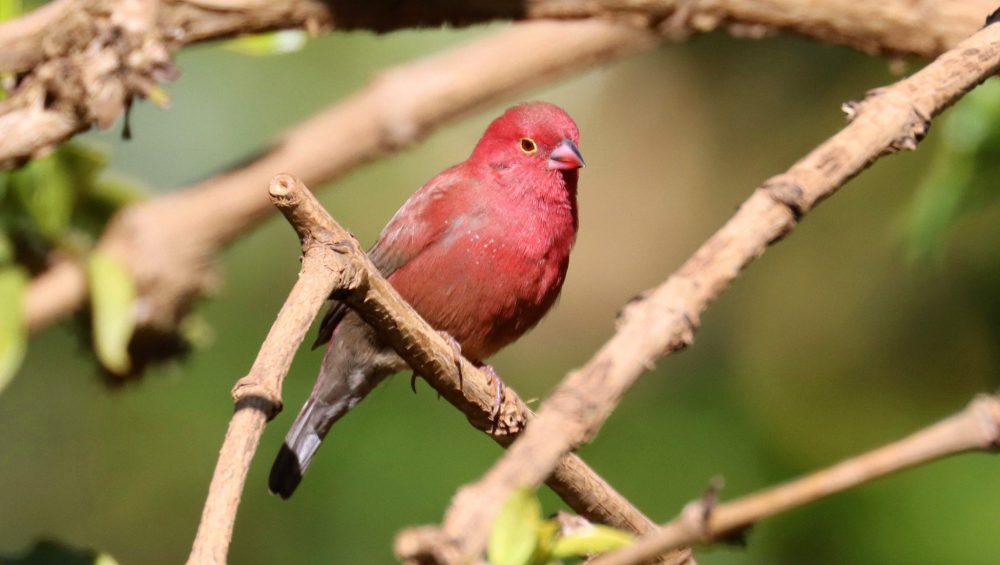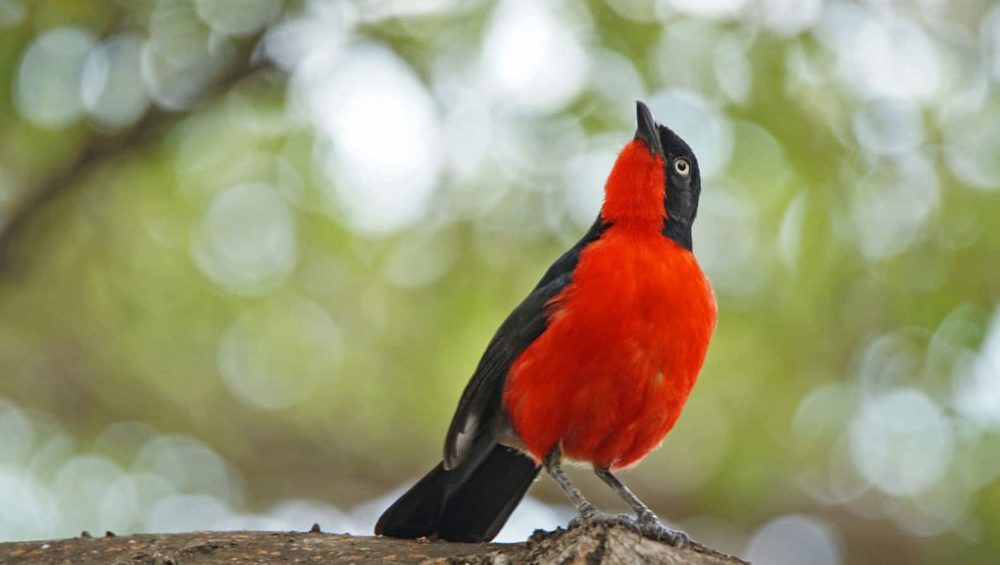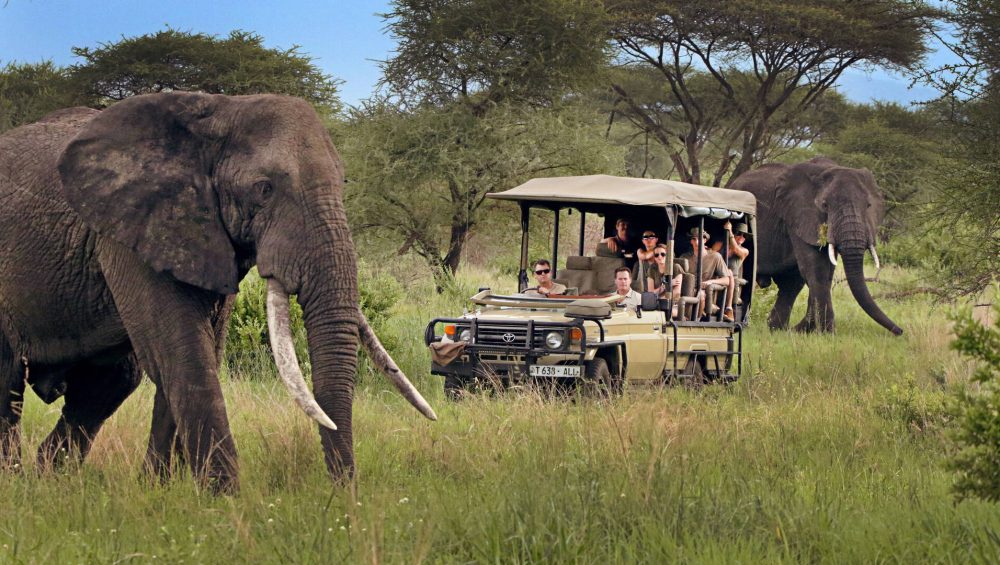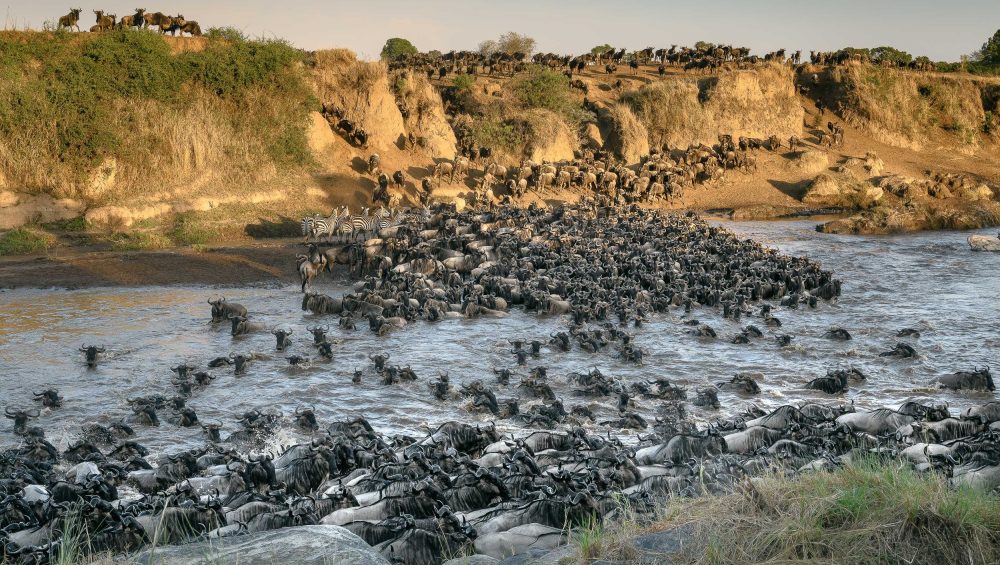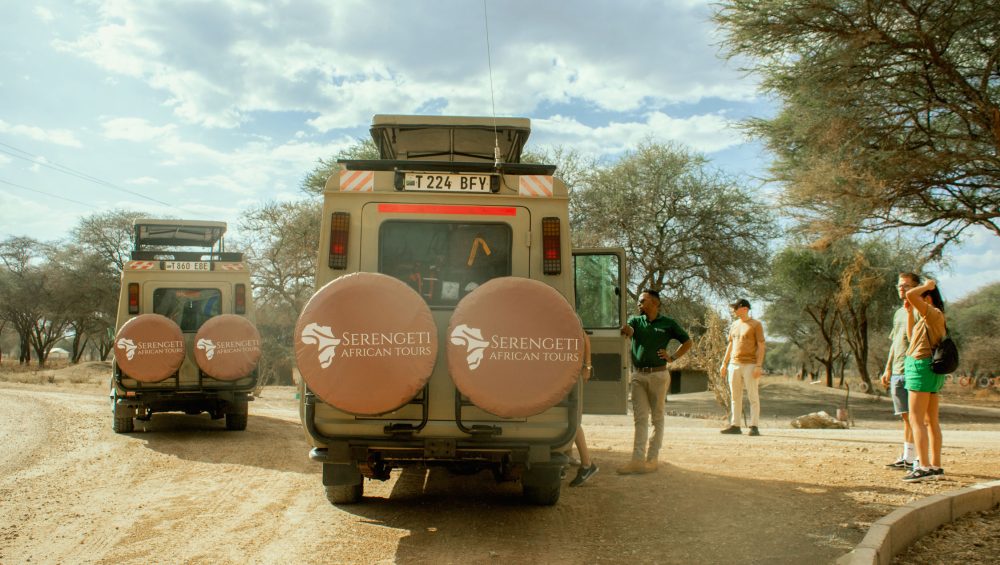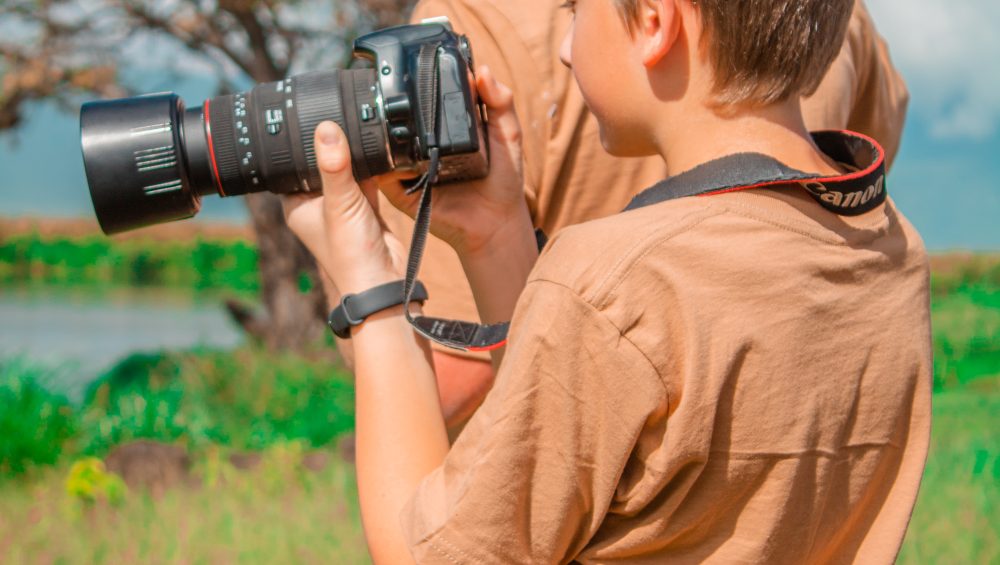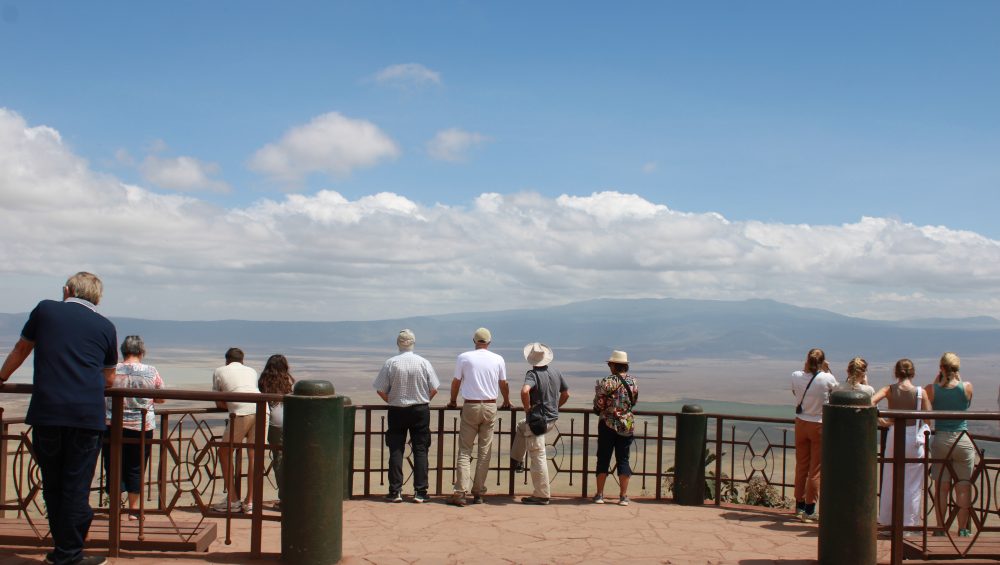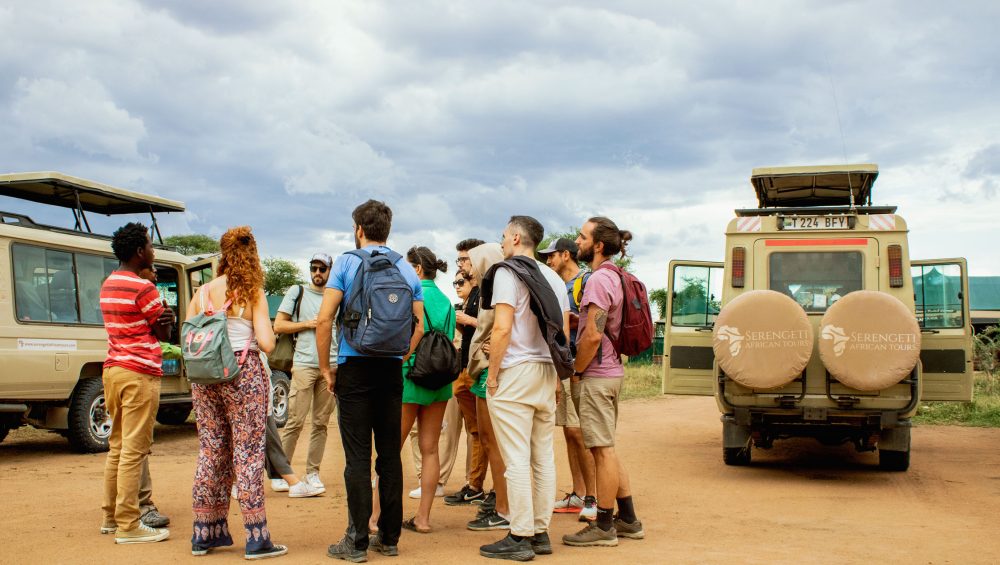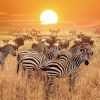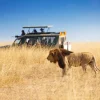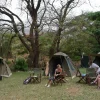How to Identify Tanzania’s Most Colorful Birds
How to Identify Tanzania’s Most Colorful Birds
🦜 How to Identify Tanzania’s Most Colorful Birds
Tanzania is a paradise for birdwatchers, offering a dazzling array of bird species, many of which are incredibly colorful. From the strikingly vivid feathers of the Lilac-breasted Roller to the rich hues of the Scarlet-chested Sunbird, Tanzania’s birdlife is a feast for the eyes. But with so many colorful birds to choose from, how can you tell one from the other? Here’s your guide to identifying some of Tanzania’s most colorful birds and learning about their unique traits.
1. Lilac-breasted Roller (Coracias caudata)
The Lilac-breasted Roller is one of the most iconic and vibrant birds in Tanzania. Known for its dazzling plumage, this bird has a unique combination of lilac, turquoise, blue, and green feathers. It’s often spotted in the open savannahs of the Serengeti, Ngorongoro Crater, and Tarangire.
Key Identification Features:
- Bright lilac breast
- Turquoise blue wings
- Bright green and blue tail
- Distinctive white wing patches that become visible during flight.
Where to Spot It:
- Serengeti National Park
- Tarangire National Park
- Ngorongoro Crater
2. African Bee-eater (Merops apiaster)
The African Bee-eater is a small but strikingly colorful bird, known for its vibrant green, yellow, and blue plumage. It has a slightly elongated tail and is often seen darting through the air in search of insects, particularly bees.
Key Identification Features:
- Bright green body
- Yellow throat
- Blue and turquoise tail feathers
- Distinctive black stripe across the face
Where to Spot It:
- Lake Manyara National Park
- Serengeti National Park
- Tarangire National Park
3. Scarlet-chested Sunbird (Nectarinia senegalensis)
A true gem among Tanzania’s birds, the Scarlet-chested Sunbird dazzles with its vibrant red chest and striking metallic green head and back. This small, energetic bird is often seen feeding on nectar in the flowering plants of Tanzania’s woodlands and savannahs.
Key Identification Features:
- Bright scarlet chest
- Greenish iridescent back and head
- Small size with a slightly curved bill
Where to Spot It:
- Selous Game Reserve (Nyerere National Park)
- Serengeti National Park
- Lake Manyara National Park
4. Violet-crowned Starling (Cinnyricinclus leucogaster)
The Violet-crowned Starling is a strikingly colorful bird, known for its iridescent violet crown, brilliant purple plumage, and contrasting yellow and white belly. This starling species is often seen in open woodlands and savannahs, especially in areas where fruiting trees are abundant.
Key Identification Features:
- Violet-blue crown
- Metallic green wings and back
- Yellow belly with white streaks
- Brightly colored but slightly smaller size compared to other starlings
Where to Spot It:
- Serengeti National Park
- Ngorongoro Crater
- Tarangire National Park
5. Yellow-collared Lovebird (Agapornis personatus)
The Yellow-collared Lovebird is a small, colorful bird with a vivid green body, bright yellow collar, and striking red face. It is a member of the parrot family and is often seen in flocks. These lovebirds are known for their energetic nature and can be spotted in the forests and woodlands of Tanzania.
Key Identification Features:
- Green body with a yellow collar
- Red face and throat
- Small and compact size
- Social, often seen in flocks
Where to Spot It:
- Selous Game Reserve (Nyerere National Park)
- Mikumi National Park
- Serengeti National Park
6. African Fish Eagle (Haliaeetus vocifer)
The African Fish Eagle is one of Africa’s most recognizable birds, thanks to its stunning contrast of colors. Its white head and dark brown body set off the bright yellow beak and legs, making it an easy bird to spot in the skies. This majestic bird is often seen around lakes and rivers, where it preys on fish.
Key Identification Features:
- White head and tail
- Dark brown wings and body
- Bright yellow beak and legs
- Large size and powerful build
Where to Spot It:
- Lake Tanganyika
- Lake Manyara
- Selous Game Reserve (Nyerere National Park)
7. Superb Starling (Lamprotornis superbus)
The Superb Starling lives up to its name with its brilliant blue and orange plumage. This medium-sized bird is common across the savannahs and open woodlands of Tanzania and can often be spotted in flocks, busily hopping about on the ground or perched on trees.
Key Identification Features:
- Brilliant blue back and wings
- Orange belly
- Shiny, iridescent feathers
- Medium size, often in flocks
Where to Spot It:
- Serengeti National Park
- Ngorongoro Crater
- Tarangire National Park
8. Red-cheeked Cordon-bleu (Uraeginthus bengalus)
This small, beautiful finch is known for its vivid blue feathers, which are accented by a striking red cheek patch. Often found in open woodlands or grasslands, the Red-cheeked Cordon-bleu is one of the smaller, yet most colorful, birds in Tanzania.
Key Identification Features:
- Vibrant blue body
- Bright red cheek patches
- Small, finch-like appearance
- Mildly energetic behavior
Where to Spot It:
- Serengeti National Park
- Tarangire National Park
- Selous Game Reserve (Nyerere National Park)
9. Blue-cheeked Bee-eater (Merops persicus)
This vibrantly colored bird has turquoise cheeks, green wings, and a yellow belly, making it easy to spot as it hunts insects in mid-air. Known for its agility, the Blue-cheeked Bee-eater is a welcome sight for birdwatchers in Tanzania’s woodlands and savannahs.
Key Identification Features:
- Bright turquoise cheeks
- Green body
- Yellow belly
- Long, pointed wings and tail
Where to Spot It:
- Lake Manyara National Park
- Serengeti National Park
- Tarangire National Park
10. Kingfisher Species (Various Species)
Tanzania is home to several colorful kingfisher species, including the Malachite Kingfisher, with its brilliant turquoise body, and the Giant Kingfisher, known for its rust-colored belly and white-spotted back. These small but vibrant birds are often found near lakes, rivers, and marshes, diving into the water to catch fish.
Key Identification Features:
- Bright, iridescent feathers
- Sharp, pointed beaks
- Colorful belly and head
- Often found near water
Where to Spot It:
- Lake Tanganyika
- Lake Manyara
- Serengeti National Park
Conclusion
Tanzania’s birdlife is exceptionally colorful, offering a dazzling display of hues across the country’s diverse habitats. Whether you’re visiting the Serengeti or exploring the wetlands of Lake Manyara, the sheer variety and beauty of the birds you’ll encounter will make for an unforgettable experience. Keep an eye out for these colorful birds, and you’ll be treated to a true spectacle of nature!
Which of these colorful birds are you most excited to see on your next safari? Let us know in the comments below!
Deals and Discounts
Our Best Selling Tanzania Tours & Safaris
2 Days Tanzania Budget Safari
- Price: $500 per person
- Tour Type: Budget Safari, Joining Groups
- Place Visited: Arusha, Tarangire, Ngorongoro Crater
3 Days Safari Serengeti & Ngorongoro Crater
- Price: $750 per person
- Tour Type: Budget Safari, Joining Groups
- Place Visited: Arusha, Serengeti, Ngorongoro Crater
3 Days Tanzania Big 5 Budget Safari
- Price: $650 per person
- Tour Type: Budget Safari, Joining Groups
- Place Visited: Arusha, Tarangire, Lake Manyara, Ngorongoro Crater
3 Days Tanzania Safaris, Waterfalls And Coffee Tour
- Price: $620 per person
- Tour Type: Budget Safari, Joining Groups
- Place Visited: Arusha, Tarangire, Ngorongoro Crater, Materuni Waterfalls & coffee tour
3-Day Serengeti and Ngorongoro Camping Fly-in Safari
- Price: $1500 per person
- Tour Type: Budget Safari, Private Safaris, Camping Safaris, Fly In Safaris
- Place Visited: Arusha, Serengeti, Ngorongoro Crater, Zanzibar
3-Day Tarangire NP, Ngorongoro and Materuni Waterfalls
- Price: $605 per person
- Tour Type: Budget Safari, Joining Groups, Lodge Safaris
- Place Visited: Arusha, Tarangire, Ngorongoro Crater, Materuni Waterfalls & coffee tour
3-Day Tarangire, Ngorongoro and Kilimanjaro Hike
- Price: $715 per person
- Tour Type: Budget Safari, Joining Groups, Lodge Safaris
- Place Visited: Arusha, Tarangire, Ngorongoro Crater, Kilimanjaro Mountain
4 Day Taste of Tanzania Budget safari
- Price: $900 per person
- Tour Type: Budget Safari, Joining Groups
- Place Visited: Arusha, Tarangire, Serengeti, Ngorongoro Crater

